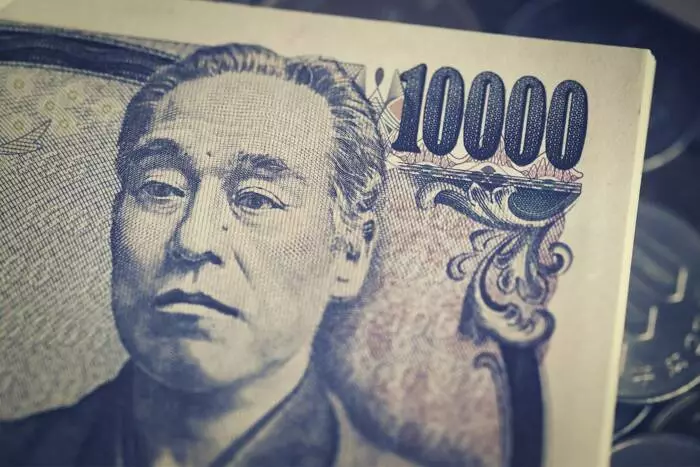Despite the weaker growth forecasts in Japan, there is still investor speculation on a potential Bank of Japan (BoJ) rate hike in July. Economic indicators set to be released on Wednesday and Friday could play a crucial role in determining the BoJ’s policy maneuvers on July 31.
Economists are anticipating an increase in the Jibun Bank Services Purchasing Managers’ Index (PMI) from 49.4 in June to 49.9 in July. A higher-than-expected PMI could potentially ignite increased investor bets on a BoJ rate hike. The BoJ is particularly interested in the services sector as it plays a key role in driving demand-led inflation.
Core Inflation Rate Forecast
On Friday, economists are forecasting an uptick in Tokyo’s core inflation rate from 2.1% in June to 2.2% in July. A higher-than-expected core inflation rate could solidify expectations of a July BoJ rate hike. The alignment of consumer price trends in Tokyo with national inflation trends further supports the case for a potential rate increase by the BoJ.
In addition to the speculation surrounding an interest rate hike, the BoJ has announced potential plans to disclose a reduction in Japanese Government Bond (JGB) purchases in July. This reduction could have a more significant impact on interest rate differentials between the US dollar and the Yen compared to rate hikes alone.
There are mixed views among economists regarding the upcoming BoJ monetary policy decision. Chief Investment Officer Bob Elliot expressed concerns about Japan’s weak inflation, wage growth, demand, and GDP, suggesting little urgency for tightening. On the other hand, Nataxis Asia Pacific Chief Economist Alicia Garcia Herrero mentioned the potential impact of quantitative tightening by the BoJ on the Yen.
Attention will also be on the US housing sector this week, with economists predicting a 3% increase in existing home sales for June. Positive figures could lead to an increase in US dollar demand. Higher demand for existing homes may result in tighter inventories and higher house prices, ultimately influencing rental prices and inflation expectations.
The release of key economic indicators will be closely watched by investors and policymakers alike as they assess the potential impact on central bank policy decisions. The interplay of factors such as service sector PMI, core inflation rates, JGB purchases, and housing sector performance will shape market expectations and influence currency movements in the coming weeks.

